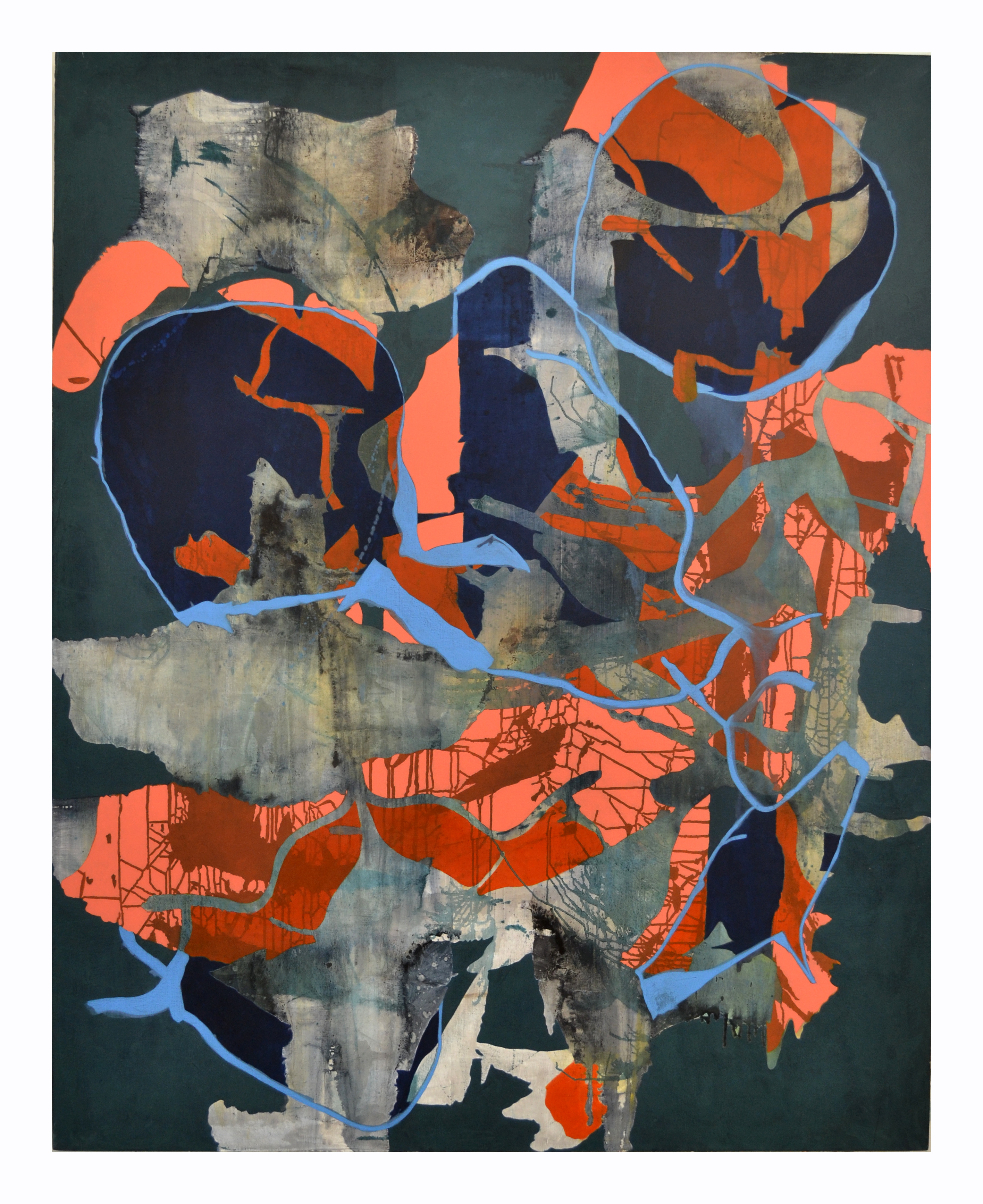With the Winnipeg Art Gallery’s recent exhibition Winnipeg Now showcasing contemporary Winnipeg artwork and the Plug In ICA’s series of exhibitions titled My Winnipeg, Mary Reid feels that Winnipeg’s strong history of abstract artwork has been overlooked and wants to shed light on some of Winnipeg’s contemporary abstract artists.
“My intention was to show an alternative or different perspective of contemporary art created ‘right now’ that is connected to Winnipeg in some form,” says Reid, curator of the School of Art Gallery at the University of Manitoba.
“For this most part the work being exhibited in [the WAG and the Plug In] can be characterized as being figurative and narrative driven. I wanted to counter this notion and show a contrasting side to the story.”
The show is titled Re-Configuring Abstraction and boasts four artists who are established and have shown work internationally. They all have either grown up in Winnipeg or have settled here to work, some have done both. Krisjania Kaktins-Gorsline, Holger Kalberg, Dil Hildebrand, and Derek Dunlop are all known for their work in abstract painting.
“Winnipeg and the U of M has a strong background in abstract painting,” says Reid. “While still students at the School of Art, Tony Tascona, Bruce Head, Winston Leathers, and Frank Mikuska were exploring and experimenting with abstract painting in the early 1950s. Many prominent abstract painters such as Ken Lochhead and Diane Whitehouse have also been Professors and Directors of the School of Art through the years.”
Born in 1980, Kaktins-Gorsline grew up in Winnipeg’s north end. He completed his BFA (Hons) degree at the U of M in 2006, and his MFA from Columbia University in 2008. After graduate studies he returned to Winnipeg to live and work.
Kaktins-Gorsline draws inspiration from the natural sciences and the way that forms are generated through the systems and processes of the material world. While some of Kaktins-Gorsline’s work in the past contain figures and other recognizable shapes such as birds, the paintings showcased in Re-Configuring Abstraction are completely abstract.
Kalberg hails from Dinslaken, Germany but now lives in Winnipeg and works as an assistant professor at the U of M School of Art and teaches painting. Born in 1967, he received his MFA from Emily Carr in 2001.
Kalberg works with collage and sculpture as well as painting. His painting process begins with experimentation with collage made from painted and cut paper, sometimes focusing on sections and progressing into abstract paintings. His current work explores the use of grounding to give his compositions weight, and his use of negative space is just as prominent as his architectural shapes.
“All [the] work deals with the fundamentals of painting,” says Reid. “[They] are coming out of representational imagery and moving into abstraction – and a very particular type of abstraction, one that conflates the figure and the ground, the subject and the object.”
The work of both Kaktins-Gorsline and Kalberg show the importance of process in abstract painting. Imagery is selected, studied and abstracted. They work in layers, and add and subtract shapes. Sometimes they physically scratch out chunks of the paintings or block them out with paint, circling prominent intersections of lines and shapes.
Kaktins-Gorsline’s earlier and more representational work is what gave him critical recognition but recently his work shifted into abstraction. He now finds inspiration in the newsprint he used to blot his past work and uses the shapes created to make stencils. He works with patterns and overlay, and his new work still manages to echo his past.
“Process is a means [ . . . ] to investigate the way the medium of paint works: how it lays on the canvas, how it can be built up, how is can shift and change an image,” says Reid. “Process is also about thinking through a problem, how to represent an idea, how to communicate meaning – both what the work is and what the work is about is imbedded in the process.”
Re-Configuring Abstraction is on display until Jan. 11 at the School of Art Gallery in the ARTlab building on campus at the U of M.
Krisjanis Kaktins-Gorsline, Canadian b. 1980, Inspector (Inspector), 2012, oil on canvas, 152.4 x 121.92 cm, courtesy of Battat Contemporary, photo courtesy of the artist.

